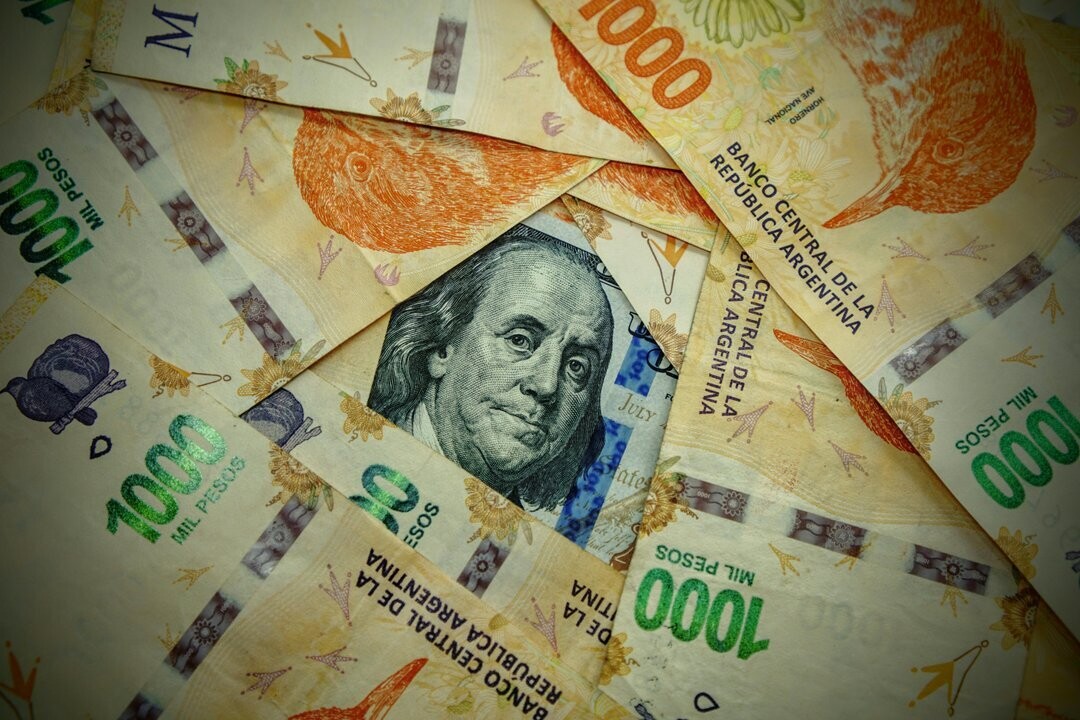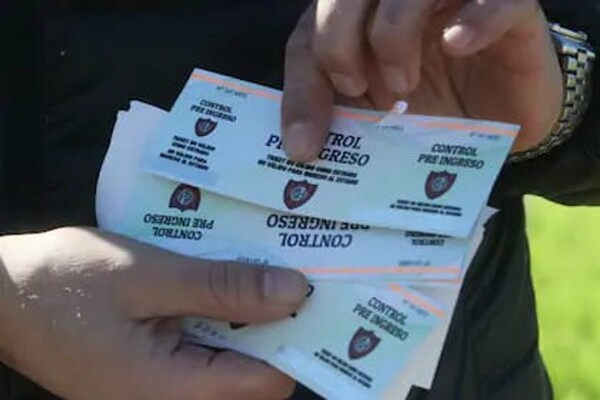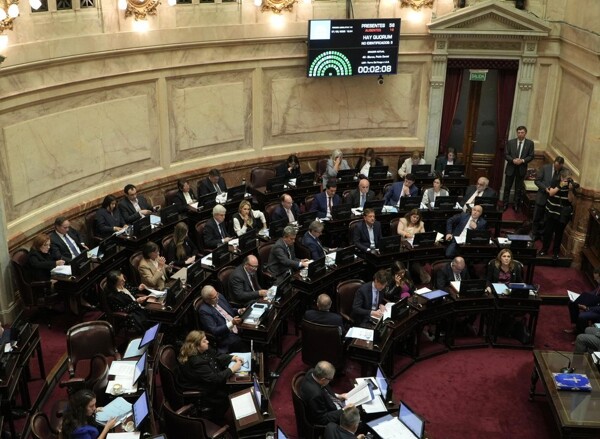
The Argentine foreign exchange market recorded a significant drop in the dollar across all its quotations. The blue dollar decreased from $10 to $1,180, while the official retail dollar dropped $30.68 (-2.5%) and stood at $1,189.77 for sale according to the average published by the Central Bank (BCRA). The official wholesale dollar suffered a marked decline of $61, marking its largest drop in three weeks and widening the gaps with financial types by 4.2%.
At the Banco Nación, the US dollar was at $1,160 for sale, $55 (-4.5%) below the previous day's close. Financial types also experienced declines, with the MEP at $1,172 after losing $27.61 (-2.3%) and the CCL falling to $1,180, its lowest value since April 22.
One of the main reasons behind this drop in the dollar is attributed to a decrease in demand, with insignificant trading volumes and a surplus of income over purchase orders. According to Wise Capital, the float of the quotation value will expand, allowing greater freedom in prices, with projections indicating values of $880 for the lower band in July 2026 and $1,625 for the upper band.
The financial backing of the International Monetary Fund (IMF) for the Argentine Government has contributed to strengthening the BCRA's balance, generating stability in the foreign exchange market and fostering speculative businesses like 'carry trade' with annual returns of up to 37% for placements in pesos through fixed-term interest rates.
The IMF recently approved a credit line of $20 billion, of which $12 billion has already been disbursed and used to rehabilitate the BCRA's accounts. This liquidity injection has allowed the market to converge towards a more stable situation, reducing gaps and aligning the different exchange rates in a context of reordering flows and arbitrage.














